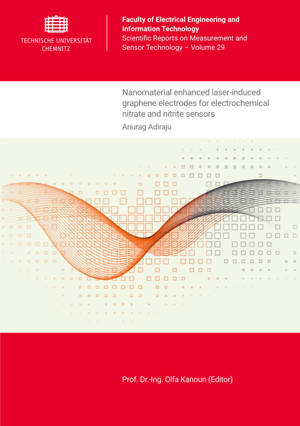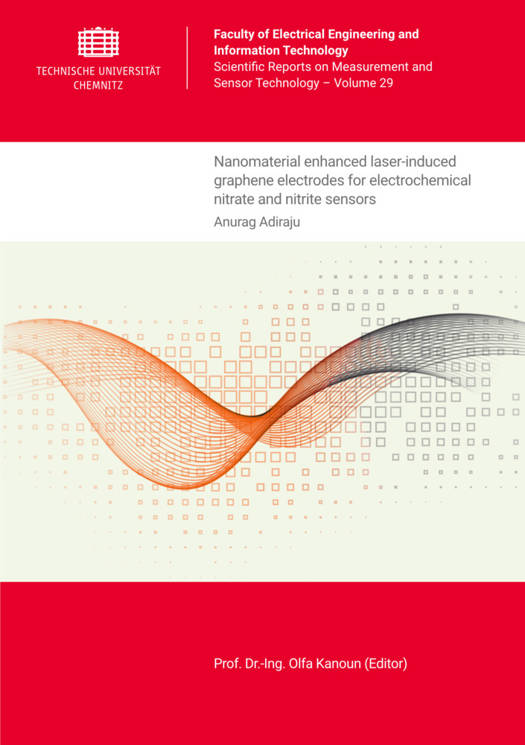
- Afhalen na 1 uur in een winkel met voorraad
- Gratis thuislevering in België vanaf € 30
- Ruim aanbod met 7 miljoen producten
- Afhalen na 1 uur in een winkel met voorraad
- Gratis thuislevering in België vanaf € 30
- Ruim aanbod met 7 miljoen producten
Zoeken
Nanomaterial enhanced laser-induced graphene electrodes for electrochemical nitrate and nitrite sensors
Anurag Adiraju
€ 23,95
+ 47 punten
Omschrijving
High levels of nitrates and nitrites harm human health and aquatic ecosystems, and their concentration varies dynamically, necessitating their simultaneous detection. Among electrodes for electrochemical sensors, Laser-induced graphene (LIG) offers a flexible, one-step alternative, yet CO2 laser interactions with Kapton remain underexplored. Optimization studies are not performed over entire range and defects on the surface are overlooked which are crucial for high electrochemical activity. This thesis develops LIG-based electrochemical sensors modified with nanomaterials for simultaneous nitrate and nitrite detection at a physiologically relevant pH. A detailed study on laser parameters, supported by finite element simulations, and well elaborated statistical optimization resulted in electrode performance, that surpassed the current electrodes using graphene. LIG fibers, formerly termed insulating, were proven conductive and used as functionalization material to develop electrochemical sensor. LIG electrodes modified with silver dendrites for nitrate and LIF-copper phthalocyanine for nitrite achieved limit of detection (LoD) of 0.46 µM at pH 2 and 0.162 µM at pH 5 respectively and wide linear ranges (10-10000 µM). At pH 7, obtained LoD and linear range are comparable to previous works operating at optimal pH. The interference with nitrite at pH 2 is avoided by operating at pH 7. Finally, the sensors successfully quantify both ions in bacteria- and algae-containing solutions.
Specificaties
Betrokkenen
- Auteur(s):
- Uitgeverij:
Inhoud
- Aantal bladzijden:
- 244
- Taal:
- Engels
- Reeks:
- Reeksnummer:
- nr. 29
Eigenschappen
- Productcode (EAN):
- 9783961002344
- Uitvoering:
- Paperback
- Afmetingen:
- 148 mm x 14 mm
- Gewicht:
- 359 g

Alleen bij Standaard Boekhandel
+ 47 punten op je klantenkaart van Standaard Boekhandel
Beoordelingen
We publiceren alleen reviews die voldoen aan de voorwaarden voor reviews. Bekijk onze voorwaarden voor reviews.











